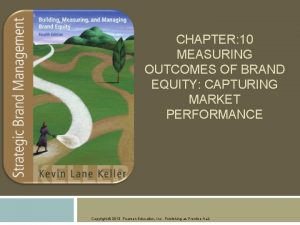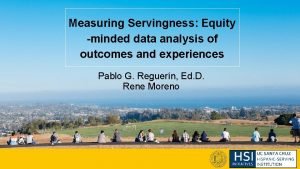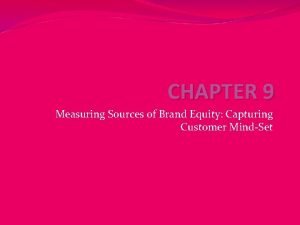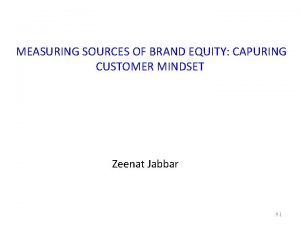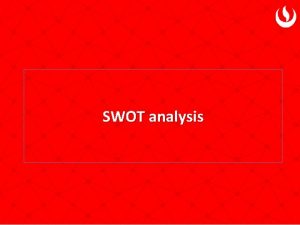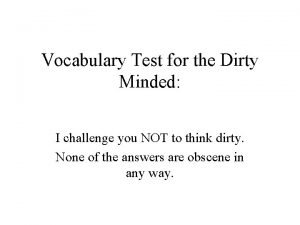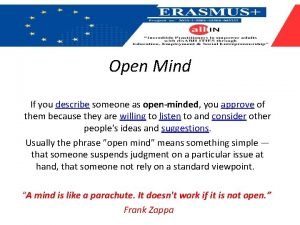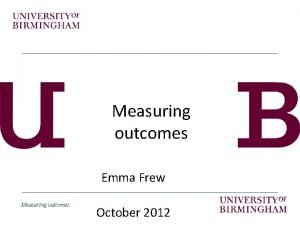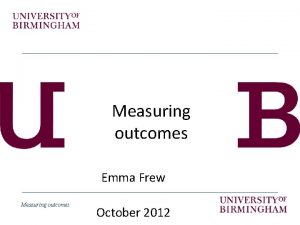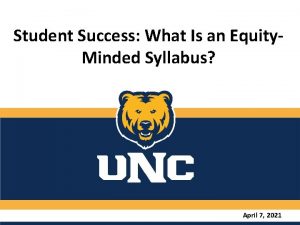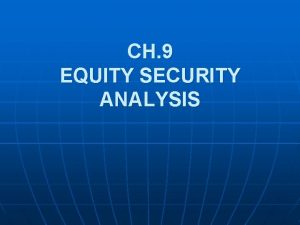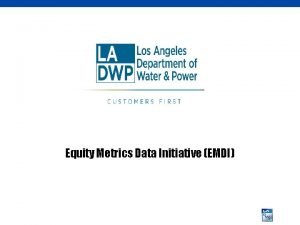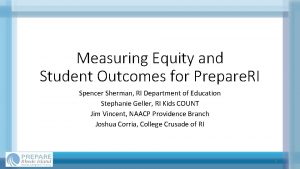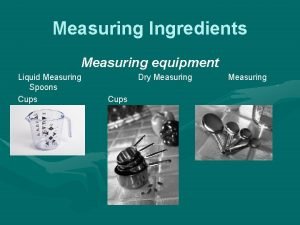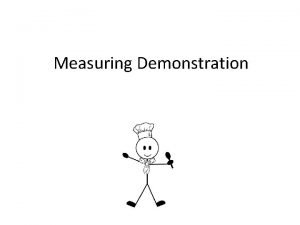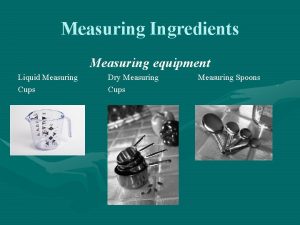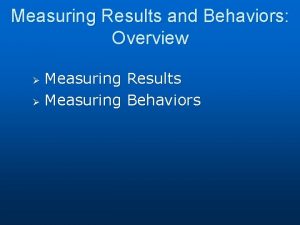Measuring Servingness Equity minded data analysis of outcomes

















- Slides: 17

Measuring Servingness: Equity -minded data analysis of outcomes and experiences Pablo G. Reguerín, Ed. D. Rene Moreno

Outline • • • Conceptual Overview: Practitioner Inquiry as a Driver of Change Model (Dowd & Bensimon, 2015) Using data to identify racial equity challenges at UCSC; Racial Equity Action Plan - Activity

UCSC as a Hispanic-Serving Institution ● HSI status can be a pathway to racial equity at all levels: campus, departments, courses, and climate ● Embrace changing demographics while rejecting deficit perspectives ● Confront equity challenges by setting a vision and benchmarking achievement patterns ● Sustained inquiry to disrupt institutional intra-racial stratification ● Setting a Campus Vision/Starting Point: UC Santa Cruz will graduate high-achieving Latinx and all students and conduct ongoing inquiry to support equity goals and contribute to the academic pipeline across disciplines 80% graduation rate at or above 3. 0 GPA Source: Equity Scorecard, Center for Urban Education - University of Southern California 3


Practitioner Inquiry Cycle (Dowd & Bensimon, 2015)

Identifying an Equity Issue

Ribbon Diagram: Math 2 Fall 2010 Graduation by Winter 2016

Collaborative Math 2 Results by Race White & Latinx

2018 UCUES Report: Selected Findings � I could not get into the first choice for my major (UCUES 2018): White 6%; Latinx 13%; � Participated in an honors program (UCUES 2018): yes 17% White; 11% Latinx � Conducted own research without the guidance of a faculty (UCUES 2018): Yes 23% White, 14% Latinx � Latinx students were more likely to seek academic help from an instructor or tutor: Sought academic help from an Instructor or tutor when needed rated as agree or strongly agree 5 point scale (UCUES 2018): 23% White, 33% Latinx � Students of my race/ethnicity are respected on this campus, rated as agree or strongly agree 5 point scale (UCUES 2018): 73% White, 43% Latinx



Which Courses have high no-pass rates for students? Chem 1 A Bio 20 A Math 3 A few courses have a large number of failing grades for Latinx students

STEM Course Outcomes by Students’ Ethnicity Hispanic/Latino 4. 0 White Biology 3. 5 Stats Math 3. 0 Writ 2 GPA 2. 5 Physics 2. 0 Chemistry UCSC course (area proportional to enrollment) 13

Retention Rates for White & Latinx students at UCSC

Grad Rates for White & Latinx students at UCSC

Breaking Out the Data to Inform Practice

Group Activity: Developing a Racial Equity Action Plan • • At your tables, please discuss whether you have or have not developed a racial equity intervention and what happened? Based upon some of the models we have shared, can you think of 1 -2 interventions for your campus and what steps could would you take in developing an action plan? What assets and strengths can you build upon and what barriers might you face with implementation? Please take 10 minutes to work on this and then be ready to share out one intervention idea per table.
 Brand based comparative approach
Brand based comparative approach Servingness
Servingness Qualitative research techniques to measure brand equity
Qualitative research techniques to measure brand equity Capuring
Capuring Swot analysys
Swot analysys Dejobbing meaning
Dejobbing meaning Dirty mind tes
Dirty mind tes Spiritual minded person
Spiritual minded person Spiritual minded person
Spiritual minded person Open minded camden
Open minded camden Single minded proposition example
Single minded proposition example A pure heart bible verse
A pure heart bible verse How to describe someone who is open minded
How to describe someone who is open minded Ib learner profile open minded
Ib learner profile open minded Scientifically minded people
Scientifically minded people Always be sober-minded
Always be sober-minded Romans 8 6
Romans 8 6 Canterbury tales skipper
Canterbury tales skipper
